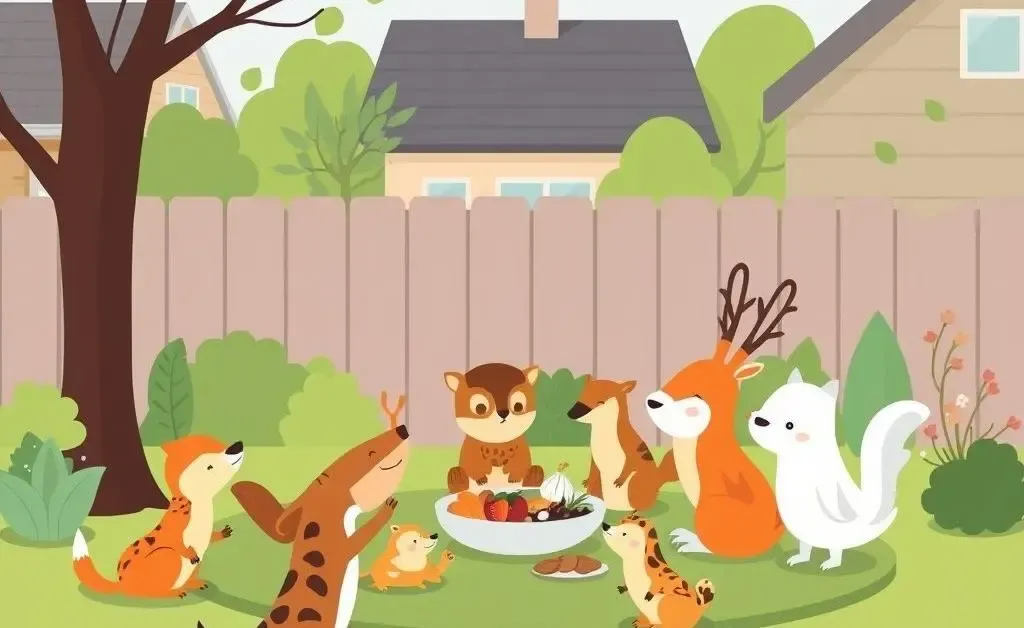Is Feeding Wildlife in Your Backyard a Safe and Legal Practice?
Explore the safety and legality of feeding wildlife in your backyard.

Ever thought about setting up a buffet for the critters in your backyard, only to stop and wonder about the legality and safety involved? You're not alone! Feeding wildlife can be a delightful pastime, yet it comes with its own set of considerations.
Why People Love Feeding Wildlife
Many of us see a bird or a cute squirrel and immediately want to feed them. It’s a chance to connect with nature right from our window or porch. And yes, it can be a wonderful learning experience for kids to see wildlife up close.
- The joy of watching nature from your backyard.
- Educational experiences for children.
- Creating a habitat for various species.
Potential Dangers of Feeding Wildlife
Now, before you start scattering peanuts everywhere, it's crucial to understand the potential pitfalls. Unintentionally, we might be doing more harm than good, both to the animals and our local ecosystem.
For instance, my friend Sarah once fed the local raccoons, thinking it was a humanitarian gesture. But soon, not only did she have a raccoon family expecting daily meals, she also inadvertently taught them how to rummage through her trash!
Health Concerns
Feeding wildlife can lead to health issues for the animals, such as nutritional deficiencies if they rely solely on human food. Moreover, it can increase the spread of diseases as animals congregate in larger groups.
Neighborhood Issues
Your good deed could backfire, leading to conflicts with neighbors. Many people don't appreciate an unexpected influx of critters in the vicinity, especially if it leads to noise or property damage.
Is It Even Legal?
Here's the part most people overlook: legal constraints. Feeding wildlife might be illegal in some regions. Local ordinances could consider it a public nuisance or even harmful to animal populations.
Before setting up a buffet, check with your city or county's wildlife regulations. You can often find this information on your local government or wildlife conservation website.
What You Can Do Instead
Don’t fret if you’re a nature enthusiast! There are legal and safe ways to support your local ecosystem:
Create a natural habitat by planting native flowers and trees. Instead of direct feeding, set up bird baths or provide sheltering spots.
Conclusion
While feeding wildlife can be fulfilling, it’s vital to weigh the ecological, social, and legal consequences. Understanding nature’s balance and respecting local laws will ensure you and your furry or feathered visitors can coexist peacefully. So, how do you plan to interact with the wildlife around your home?




